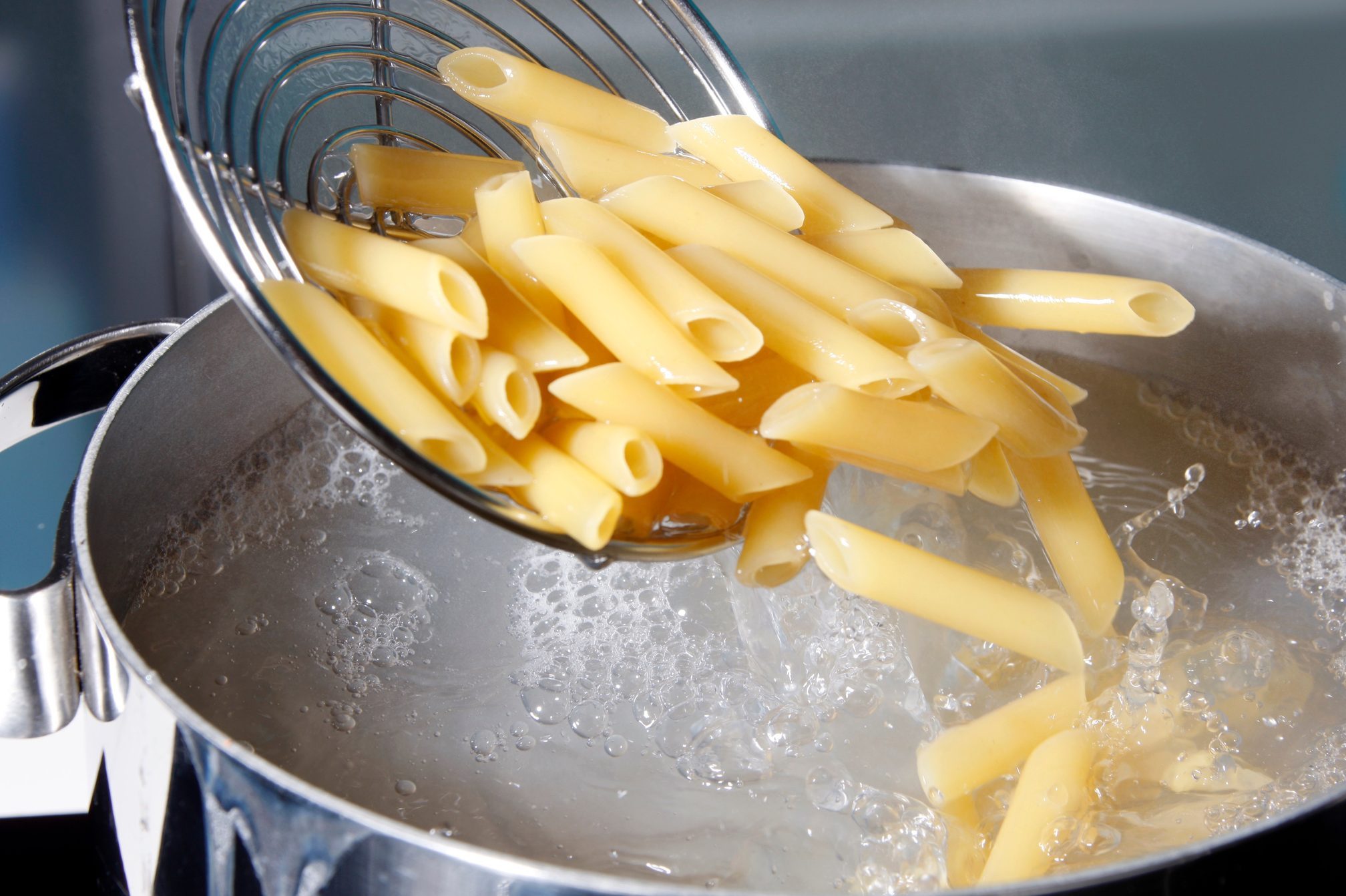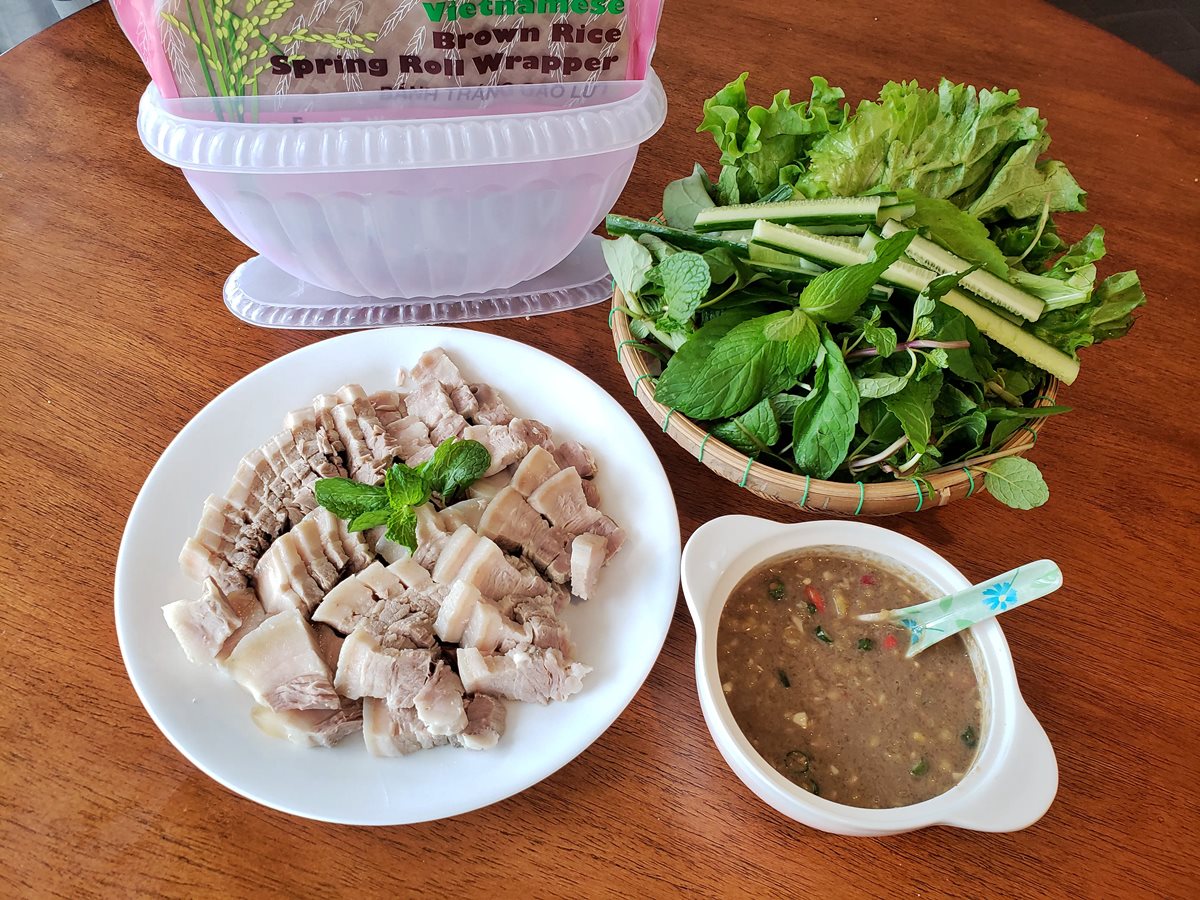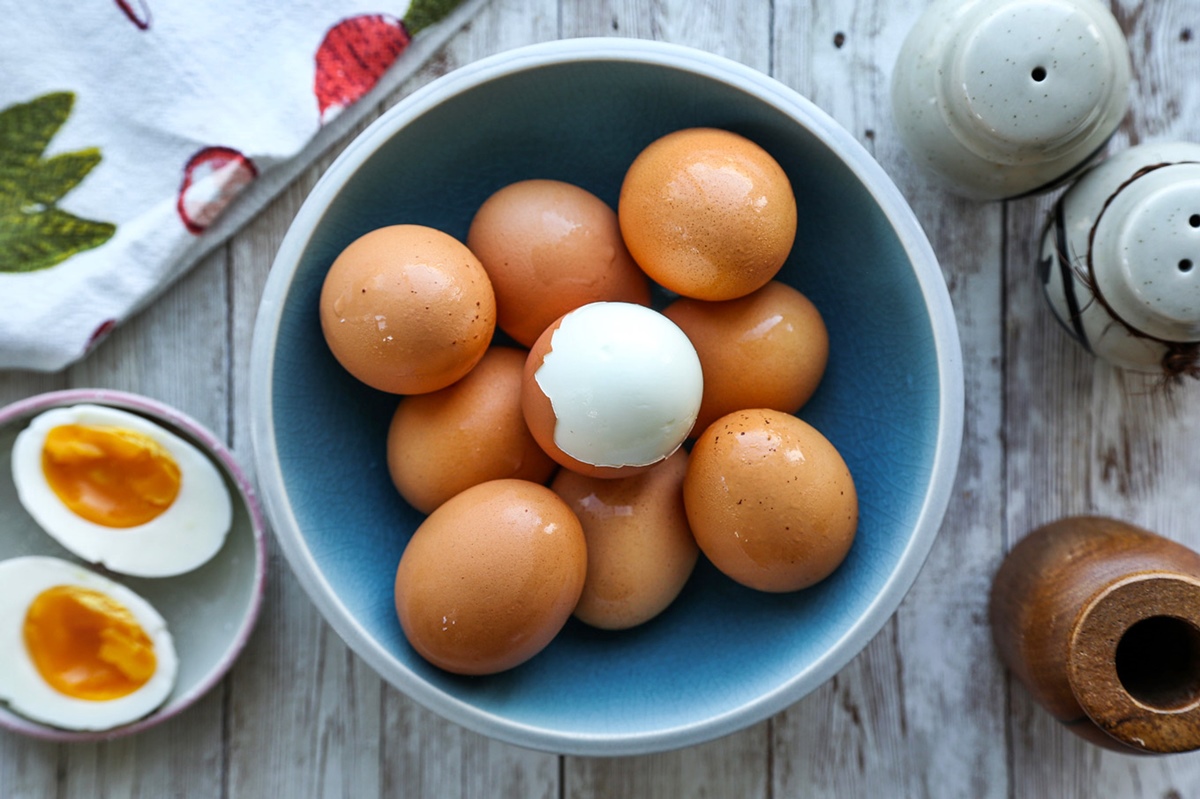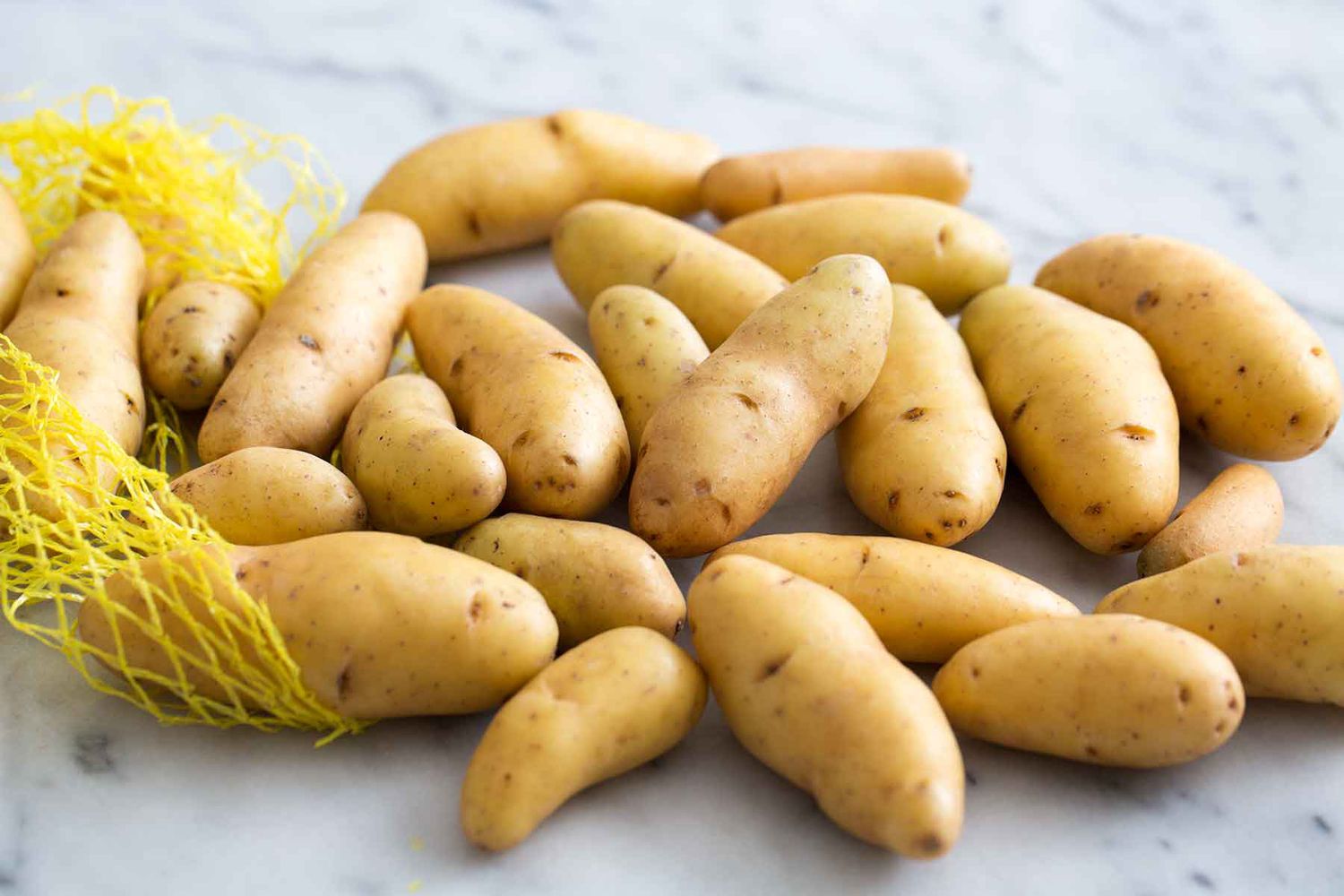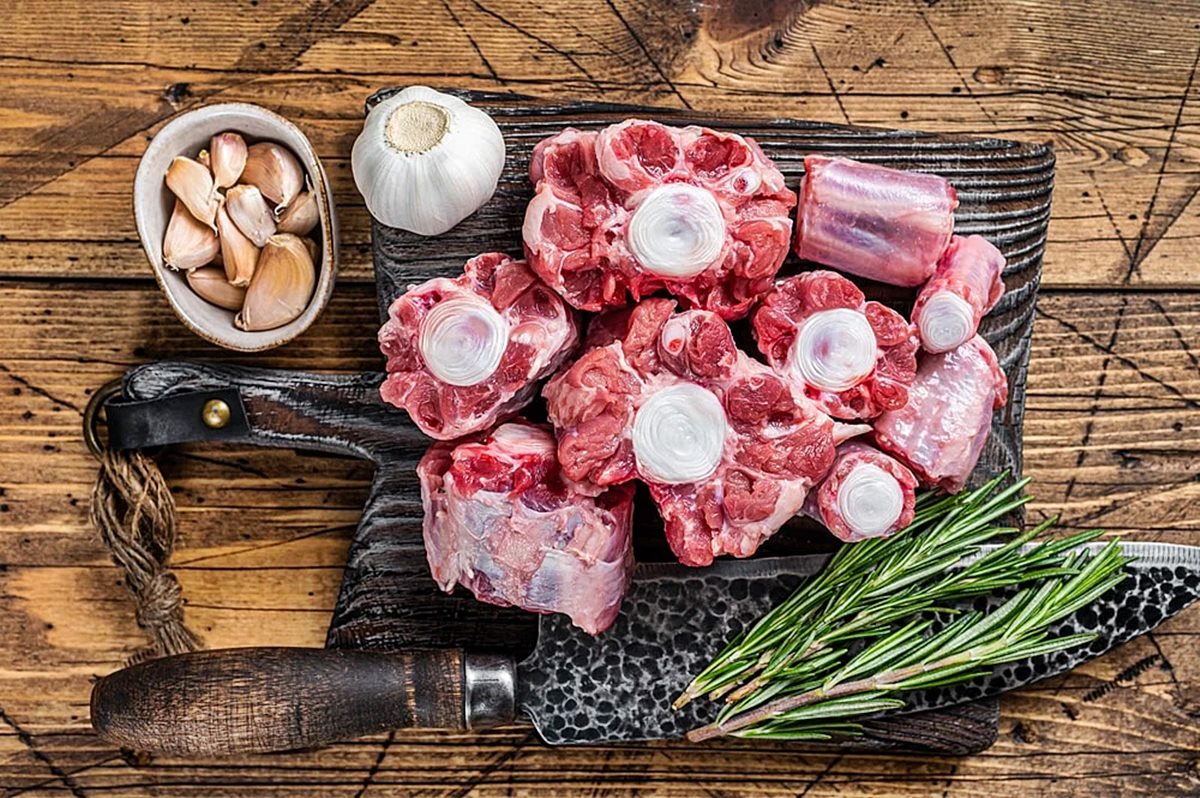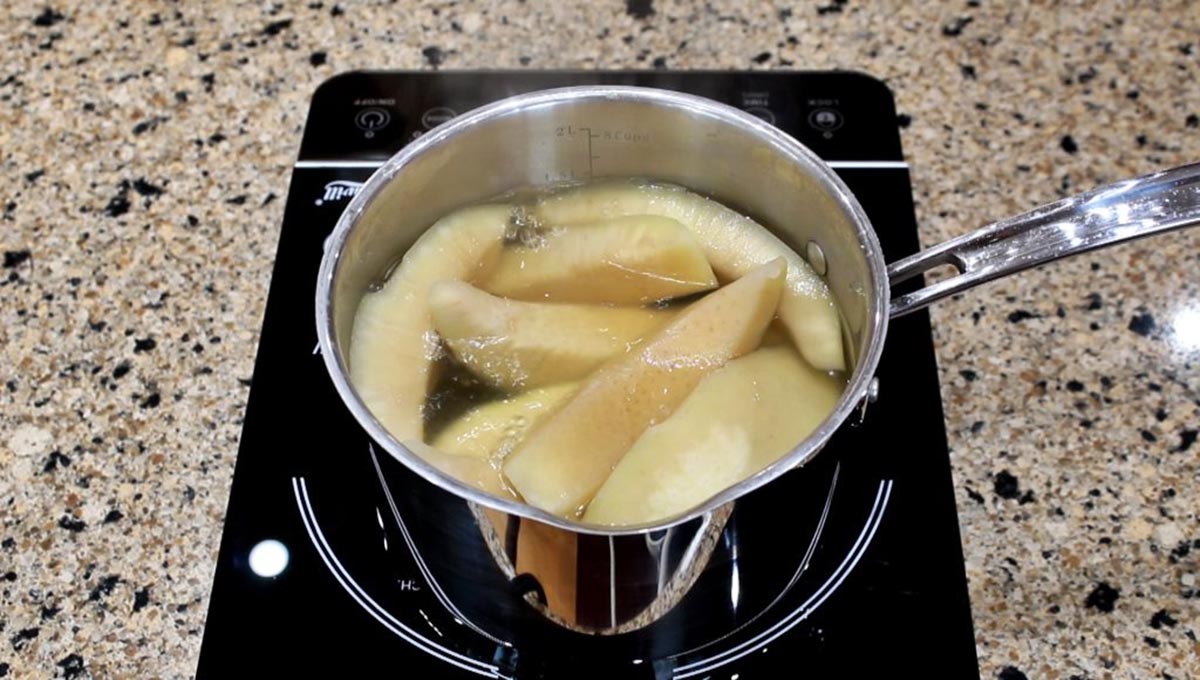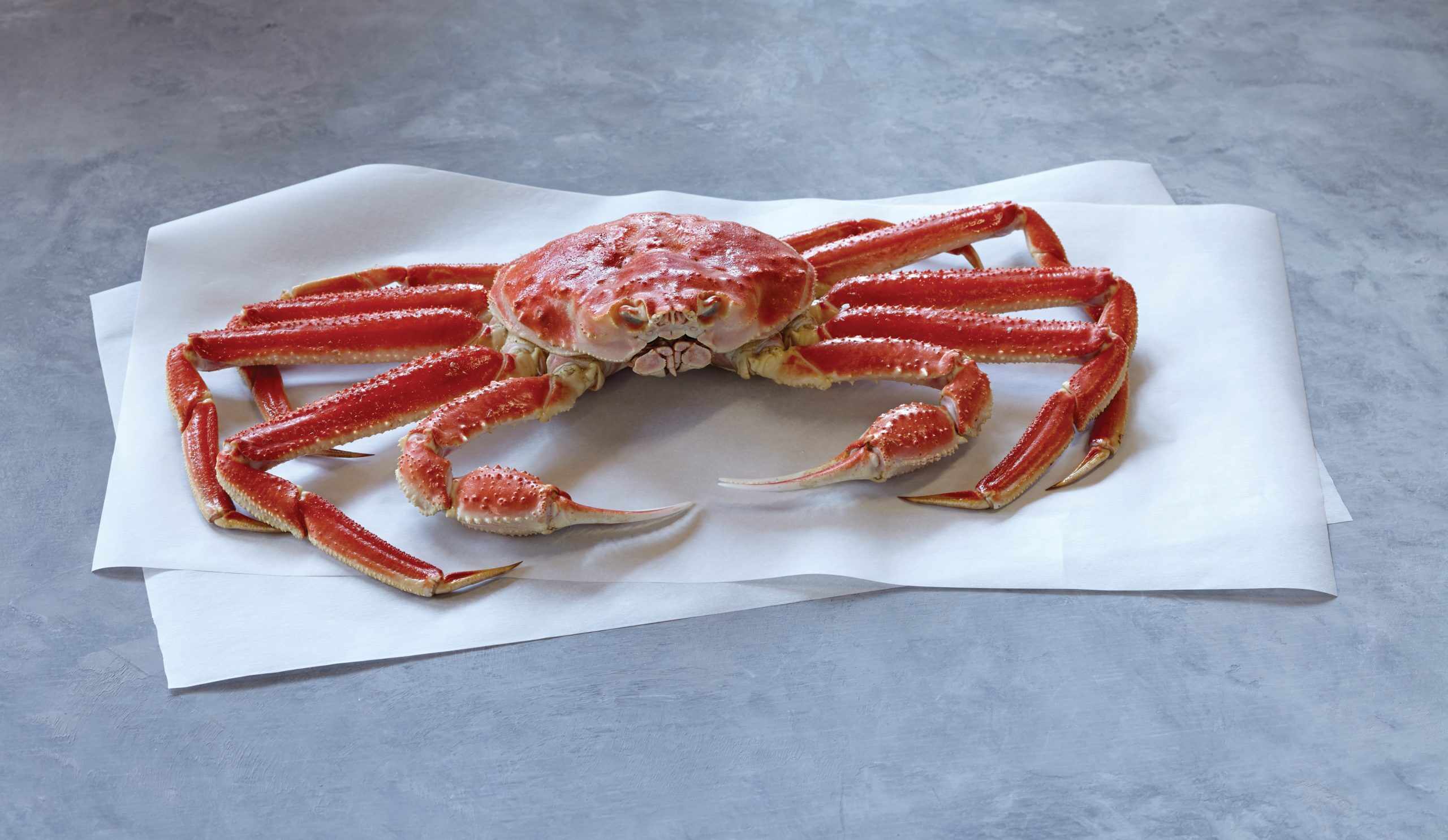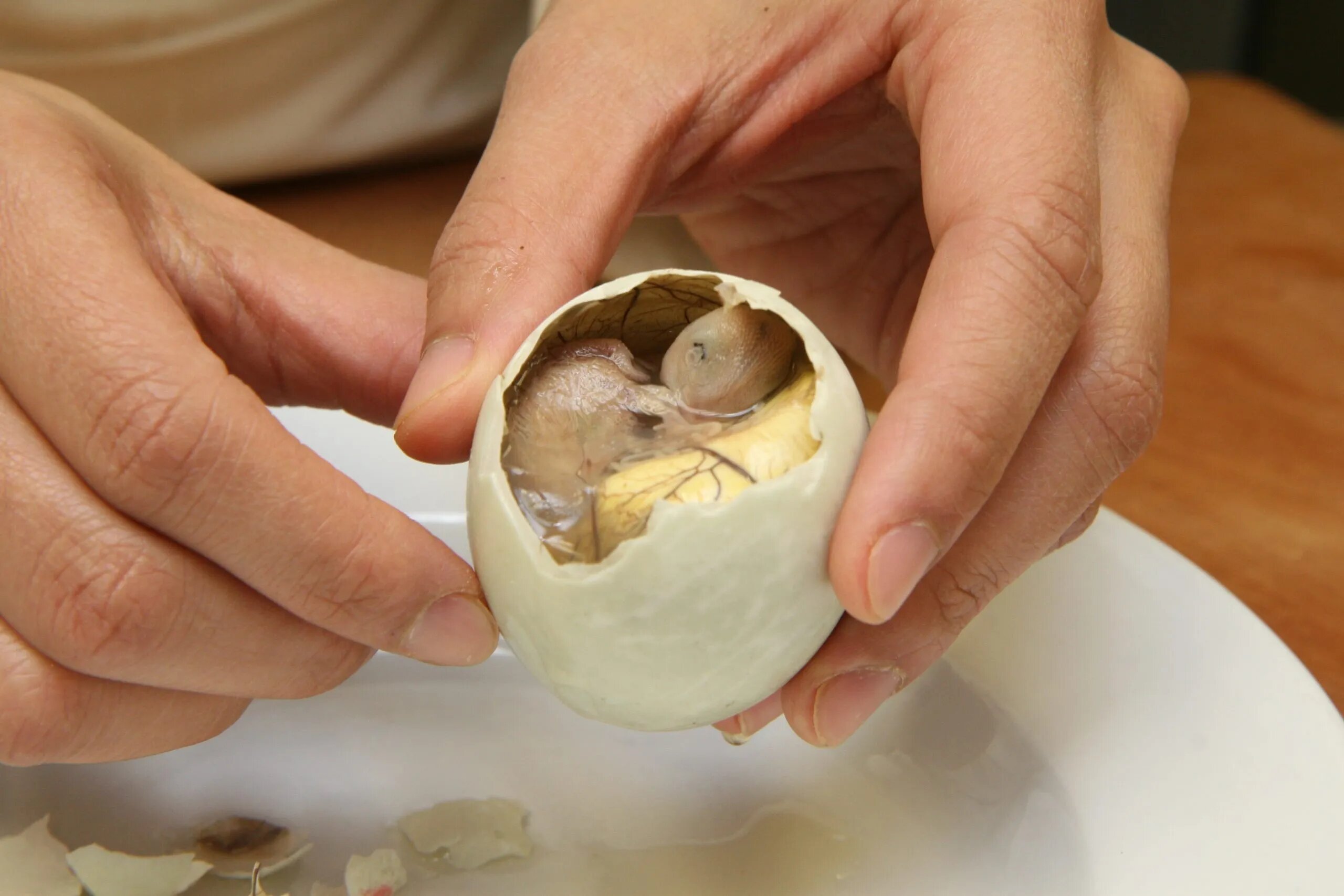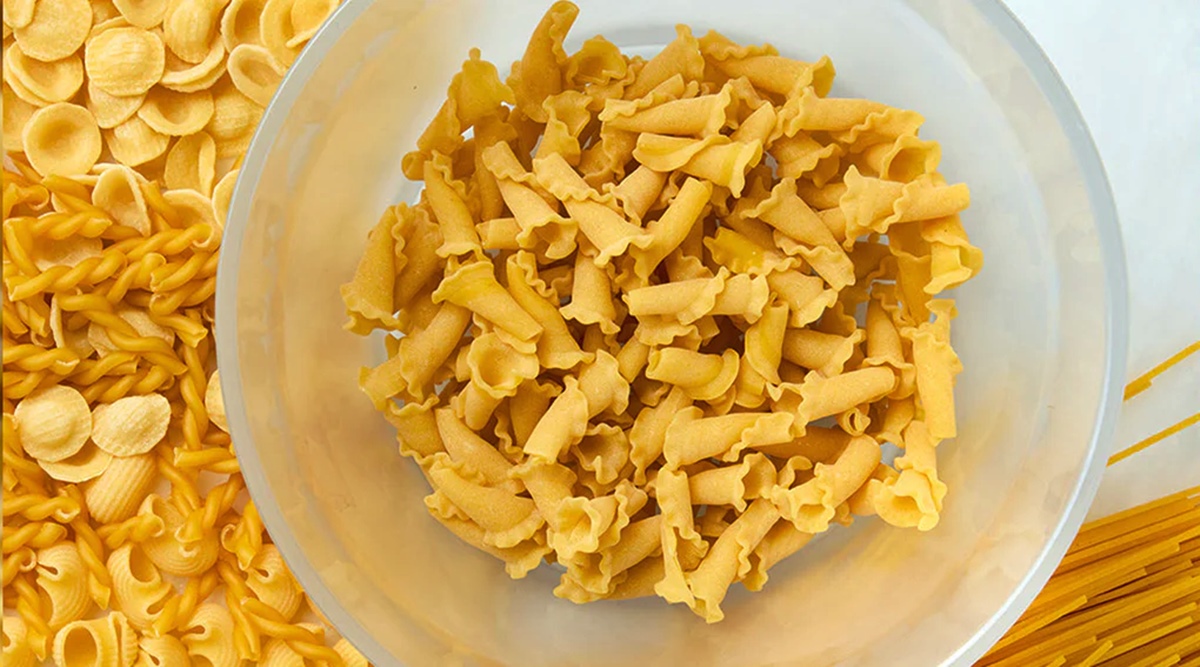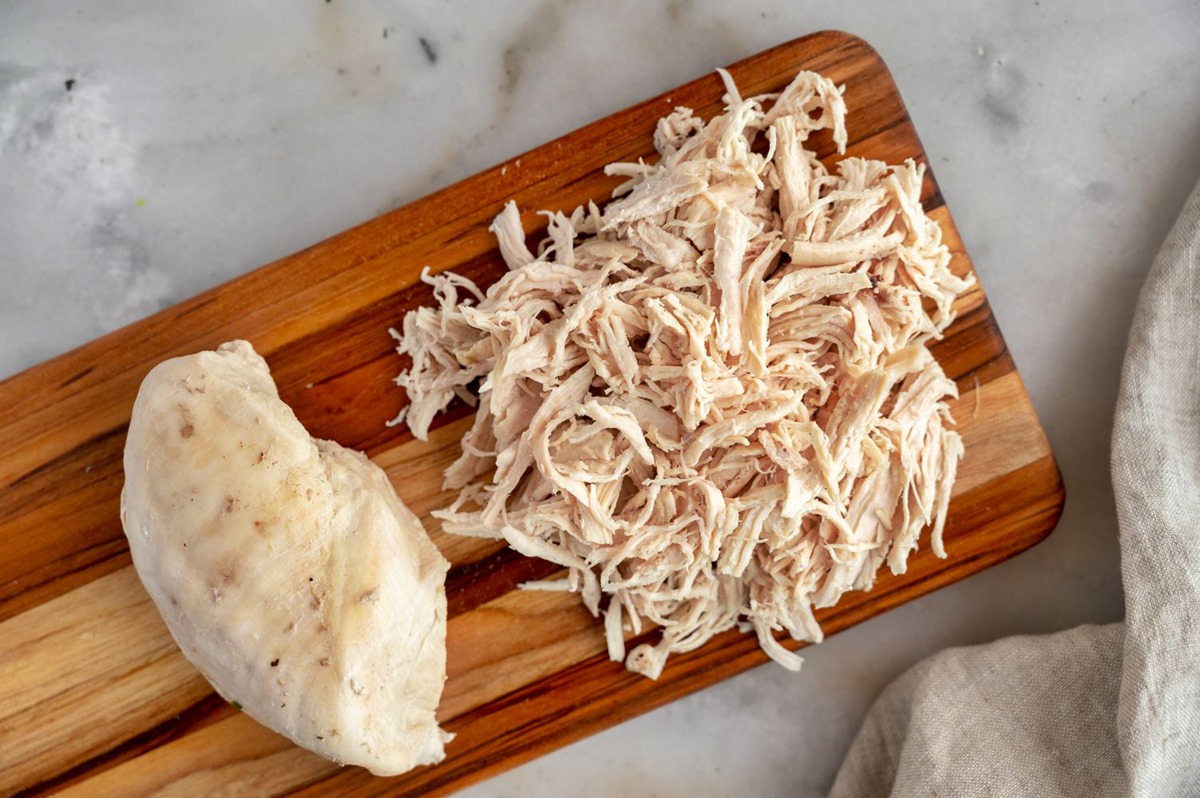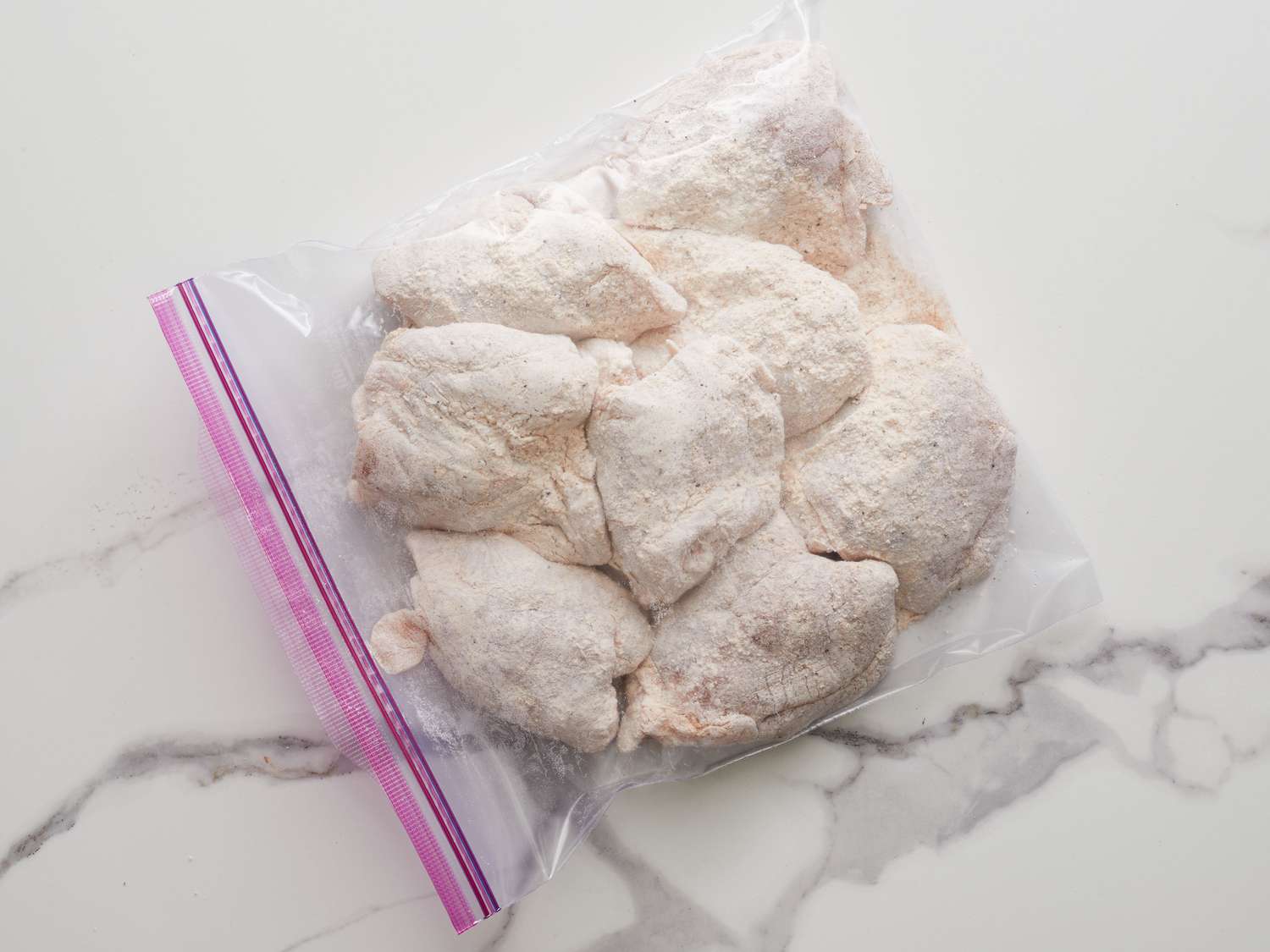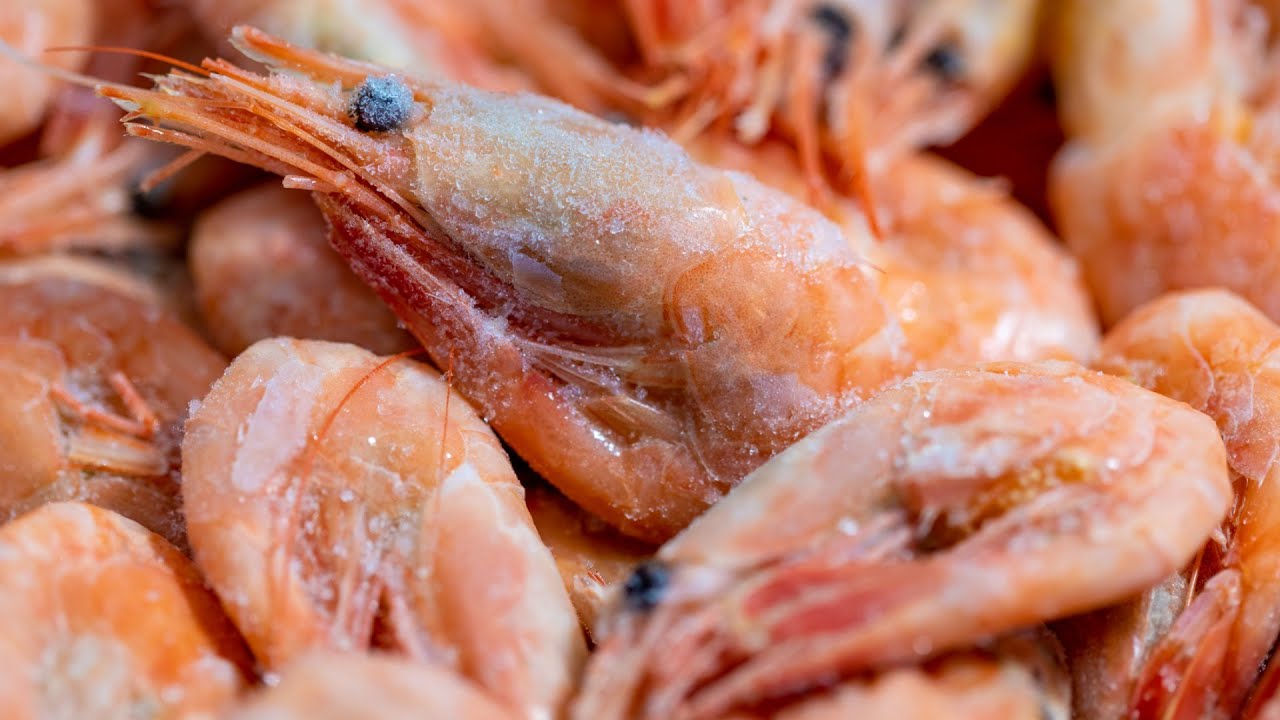How To Boil Shrimp From Frozen
Shrimp is a versatile and delicious seafood option that can be enjoyed in various dishes. Whether you’re making a shrimp cocktail, stir fry, or a seafood pasta, knowing how to boil frozen shrimp properly is essential to ensure that they are cooked to perfection. Here are some simple steps to follow:
Step 1: Choose the Right Shrimp
When selecting frozen shrimp for boiling, look for ones that are labeled as “shell-on” or “peeled and deveined.” This will provide you with options depending on your preference. Shell-on shrimp tend to have a richer flavor, while peeled and deveined shrimp are more convenient to eat.
Step 2: Thaw the Shrimp
Before boiling, it’s important to thaw the frozen shrimp. The recommended way to do this is by placing them in a sealed plastic bag and submerging them in cold water. Avoid using warm water as it can partially cook the shrimp, affecting the texture and taste. Allow the shrimp to thaw for about 15-20 minutes or until they are fully flexible.
Step 3: Prepare the Boiling Water
While the shrimp are thawing, fill a large pot with water and bring it to a rolling boil. You can enhance the flavor by adding seafood seasonings such as bay leaves, peppercorns, or garlic cloves to the water. Additionally, you can include a squeeze of lemon juice for a citrusy twist.
Step 4: Add the Shrimp
Once the water is boiling and the shrimp are thawed, carefully add them to the pot. It’s important to not overcrowd the pot to ensure even cooking. For better flavor absorption, consider adding a pinch of salt to the water before adding the shrimp.
Step 5: Cook the Shrimp
Allow the shrimp to cook in the boiling water for 3-4 minutes. The cooking time may vary based on the size of the shrimp, so it’s crucial to keep an eye on them. Overcooking can result in rubbery and tough shrimp, while undercooking can leave them raw and unsafe to eat.
Step 6: Test the Shrimp for Doneness
To check if the shrimp are cooked, remove one from the pot and cut it in half. The shrimp should have a firm texture, opaque flesh, and a slight curl. If the center is still translucent, return them to the boiling water for another minute or two.
Step 7: Drain and Serve
Once the shrimp are cooked to perfection, carefully drain them using a colander or slotted spoon. Rinse them briefly with cold water to stop the cooking process. The shrimp are now ready to be enjoyed in your favorite dishes!
Additional Tips:
- For added flavor, you can include aromatics like onions, celery, or herbs in the boiling water.
- You can also customize the seasoning by adding spices like Old Bay seasoning, Cajun seasoning, or chili powder.
- Make sure to remove the shells and devein the shrimp before serving, if you opted for shell-on shrimp.
- If you prefer to serve the shrimp cold, plunge them into an ice bath after draining to cool them rapidly.
Now that you know how to properly boil frozen shrimp, you can confidently whip up delicious seafood dishes in no time. Enjoy the succulent and flavorful shrimp, whether it’s in a salad, pasta, or simply on its own!
Was this page helpful?
Read Next: How To Boil Shrimp On The Stove
